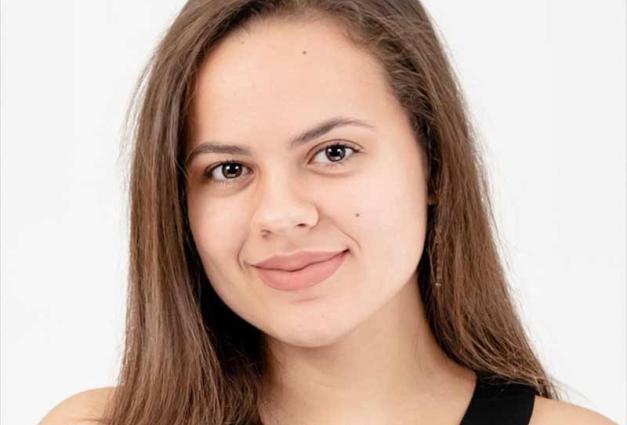In this second part of our feature series on establishing academic collaborations, SPSP members share advice on things to consider before committing to a collaboration. In the first part, students share their best tips from their experience with academic collaborations
There are potential pitfalls that can compromise the success of a joint project. Many members’ comments focus on the compatibility of collaborators, and the delegation and alignment of work in relation to timeline, authorship, and workload.
Other commenters highlighted the importance of logistics and existing time commitments, as well as the reputation of the potential collaborator.
Members also advise giving consideration to how well the new project fits with your overall research interests and publication plans, and whether the hypotheses have a solid foundation and seem plausible.
1. Compatibility of collaborators, and team spirit.
Things to look out for:
- “People who won't listen to ideas/approach from others, people who think their discipline is ‘better’ than yours, people who won't take ideas from students because they are students.”
- “Any potential signs that you may not interpersonally get along with collaborator or may not be able to amicably work with the individual to resolve any potentially disagreements regarding the project.”
- “If the collaborator does not seem motivated (e.g., does not reply to emails quickly, does not exert enough effort on the project).”
- “If the collaborator is not very open to your input or ends up taking over the project (you may not want to collaborate with that person again).”
- “Close-mindedness about any aspect of the collaboration/project. Whether it comes to writing, design, analyses, or authorship, everything should at least be amenable to discussion.”
- “Lack of honesty from your collaborators.”
- “One red flag is if someone seems unreliable. Obviously, collaborators need to be responsible and reliable. Work needs to be shared equally and people need to uphold their end of the bargain.”
2. Alignment of expectations, clarity of roles, division of responsibilities.
Things to look out for:
- “Talk specifically about who is doing what. Talk specifically about authorship. Put this all in writing. Plan to check in regularly about the terms, to see if they need to be updated. These criteria can be relaxed obviously for people you know really well and have collaborated with before, but the more explicit everything is, the better. I've seen people think (confidently) they're on the same page with someone and they definitely are not.”
- “Authorship can get sticky with the other professor's lab staff, so map that out in advance. Make it clear who is responsible for what roles!”
- “Clear authorship guidelines and deadlines.”
- “No discussion of [authorship] order.”
- “Imbalance on work load. I want to be first author, but you write it up. Completely different working styles. Different goals. Psych versus communication journal, etc.”
- “People who delegate everything/expect others to do the work and want to take credit for it.”
- “Senior people who squirm out of doing their fair share of work, leaving the hard work to the junior people. Also drastically different timelines, meaning a person who wants to get this work done within the next few months while the other would stretch it to a year.”
- “Vague timelines, or if the collaborator is taking a long time to get something to you on the front end (like a measure or IRB info), then that probably means the whole process will take longer than expected.”
3. Logistics and existing time commitments.
Things to look out for:
- “Potentially busy schedules, flaky adherence to past commitments.”
- “If they take a long time to respond to your request to meet to discuss collaboration, then they may be too busy.”
- “For me the biggest issue is over-commitment. I don't have the time to engage in all of the collaborations I want to engage in.”
- “If it is feasible for the researcher that is looking for the collaboration in terms of the amount of work and the input you will receive from the other academic. Too many logistic difficulties should be avoided, unless both academics are committed.”
- “If collaborators are extremely busy and do not have well-established means of delegating tasks to make time, this could mean you will be waiting a long time.”
- “What is their time availability? What are they already committed to?”
- “Lack of time, interest or feedback.”
4. Reputation of the collaborator.
Things to look out for:
- “Double check the reputation of the collaborator. You do not want to be stuck in a working relationship with someone who does not work well with others.”
- “The potential collaborator has not published recently.”
- “I would also steer clear from collaborators who have some papers with some statistical red flags.”
- “Does he take the first authorship all the time? Does he publish with students? What's his reputation in the field?”
5. Project fit with your overall research trajectory.
Things to look out for:
- “Avoid collaboration for collaboration's sake. If you are working with a friend just to work with that friend, there are probably better uses of your time/resources. Know how the collaboration (and your role in it) fits into a project for publication, and know how the collaborative project fits into your own program of research.”
- “Look at workload, whether the opportunity will be overall beneficial, and if there are opportunities to co-author publications.”
6. Check how solid the research idea is.
Things to look out for:
- “The plausibility of the project is the key thing. Make sure you get a concrete proposal: the project should be something that all collaborators can contribute to and that the team definitely has the resources to complete.”
- “Haphazard theory. Poor theoretical predictions.”
- “The hypotheses of the project seem far-fetched.”
We hope that giving thought to the above considerations, coupled with advice on ways of seeking out academic collaborations, provides you with foundational information for establishing successful collaborations. Thank you to all of the SPSP student members who contributed their responses and ideas.




